Since the launch of the first blockchain in 2009, many computer programmers worldwide have set about developing their blockchains.
Although similar in principle to the Bitcoin blockchain, all other blockchains created after the first blockchain vary in functionality and use case. Due to their uniqueness in functionality and use case, some blockchains are experiencing significant growth in adoption and new users.
Do you love adventures? In today’s article we want to take you to the COSMOS- Internet of Blockchain! The article will answer questions like What is Cosmos (Atom Crypto)?
What is Cosmos (Atom Use Case)?
What projects are built on Cosmos?
What is Cosmos?

Founded by Ethan Buchman and Jae Kwon in 2014, Cosmos is a decentralized network that comprises many other independent and parallel blockchains.
In practice, Cosmos provides its users with open source tools that can help to simplify and streamline crypto transitions between different networks. Additionally, the Cosmos blockchain serves as a network for other crypto networks on its platform.
Due to the multifaceted nature of the Cosmos network, it is often referred to as the Internet of Blockchains. The Cosmos network has been used to create several top-rated crypto projects.
The Cosmos Blockchain: How Does It Work?

Cosmos consists of three key layers, vital for maintaining its functionality. These layers include the Application layer, Networking layer, and Consensus layer.
👉 Application layer: This layer manages all transactions on the network. Additionally, this layer is responsible for updating all transactions in the network.
👉 Networking Layer: The Networking Layer ensures timely communication of transactions between blockchains.
👉 Consensus layer: Nodes on the cosmos network can always be informed about the system’s current state using this layer.
Cosmos Technology
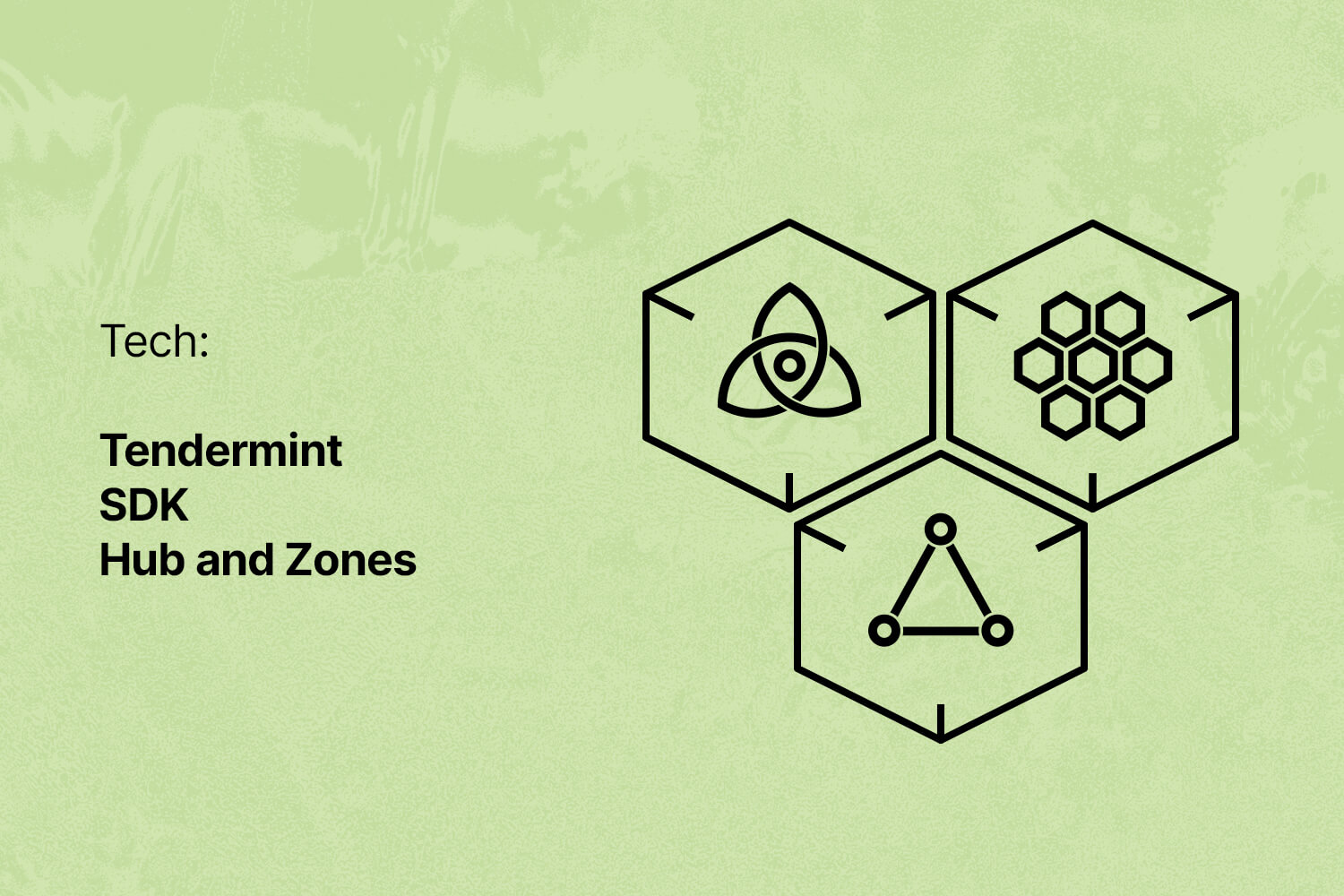
Tendermint
Creating a new blockchain from scratch can be a real challenge. Here comes Tendermint in play. The Tendermint Byzantine Fault Tolerance (BFT) engine is the part of the network that allows developers to code blockchains on Cosmos without starting from scratch. Tendermint can connect to applications connected to the Application Blockchain Interface (ABCI) and is an algorithm used by the network of computers running on Cosmos software to secure, validate transactions and committing blocks.
Cosmos SDK
Since Tendermint can be time consuming, the developers of the Cosmos Network created Cosmos SDK, which simplifies the process of building secure blockchain applications. It is a generalized framework on top of Tendermint BFT and comes with a set of useful developer tools for building Command Line Interfaces (CLI), REST servers and other utility libraries. The power in this lies in the possibility to use Cosmos SDK on every other consensus engine that implements the ABCI, built with different architectures, all within the Cosmos Network.
Cosmos Hub and Zones
The Cosmos Hub was the first blockchain launched on Cosmos and marks the launch of the Cosmos Network. The Hub acts as an intermediate between all independent blockchains called ‘zones’. Every zone acts independently within the Cosmos Network. The Cosmos Hub facilitates interoperability between all the zones within Cosmos to keep track of the current state of each zone and each zone keeps also track of the status of the Hub, but indirectly. Any zone has the possibility to be a hub!
Tokenomics
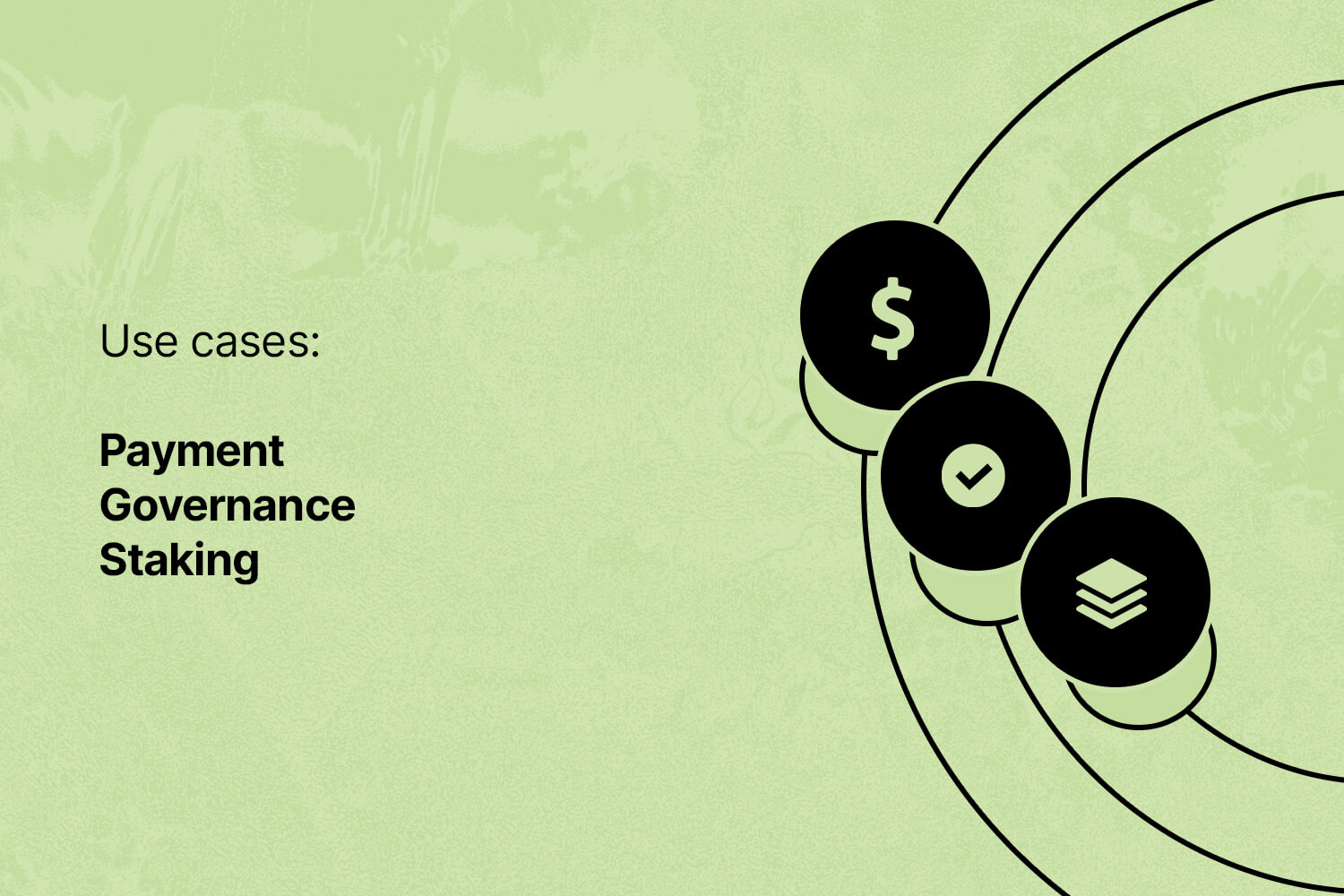
The native token of the Cosmos Network is $ATOM.
- Current Price: $27,64
- Market Capitalization: $8,085,090,713
- Circulating Supply: 286,370,297
- Max Supply: Uncapped24h
- Trading Volume: $1,027,465,724
- Annual Inflation Rate: 7–20%
- Total Staked: 63.84% / 185M $ATOM
- Daily Transaction Volume: $153,000,000
Transaction Fees
The transaction fees for sending $ATOM can be as low as $0.02 to a $0.08 cent per transaction depending on how fast you want your transaction to be completed.
Initial Distribution
- Strategic and early adopters: 7.1% — 6,856,718.97 ATOMs
- Seed round: 5% — 11,809,947.91 ATOMs
- Public contributors: 67,9% — 160,293,050 ATOMs
- All in Bits Inc (Tendermint Inc.): 10% — 23,619,895.81 ATOMs
- ICF: 10% — 23,619,895.81 ATOMs
⅓ of the total amount of ATOMs will be rewards for validators and delegators every year. There will be only 100 validators and will increase with 13% each year, for 10 years, up to a maximum of 300 validators.
The ATOM token has three use cases:
- Payment for transactions and network fees
- Governance of the network
- Staking and delegating/re-delegating to validators or becoming a validator
Cosmos Ecosystem
Currently the Cosmos ecosystem consists of 262 applications and services with some of the recent ones listed below. See the full list here.
👉 Juno Network — Interoperable smart contract network built with the Cosmos SDK.
👉 Osmosis — A decentralized peer-to-peer blockchain that serves as an AMM (Automated Market Maker) for the Cosmos ecosystem.
👉 Stargaze — First interoperable layer 1 for NFTs.
👉 Gravity Bridge —An interoperable and decentralized bridge which will acts as a neutral Ethereum to Cosmos bridge and will bring Ethereum DeFi to Cosmos.
👉 Comdex — A decentralized synthetics protocol making it able to create and exchange synthetic assets via Cosmos.
👉 EVMOS — The first IBC-compatible EVM-based chain which will bring composability, interoperability and fast-finality to Ethereum.
